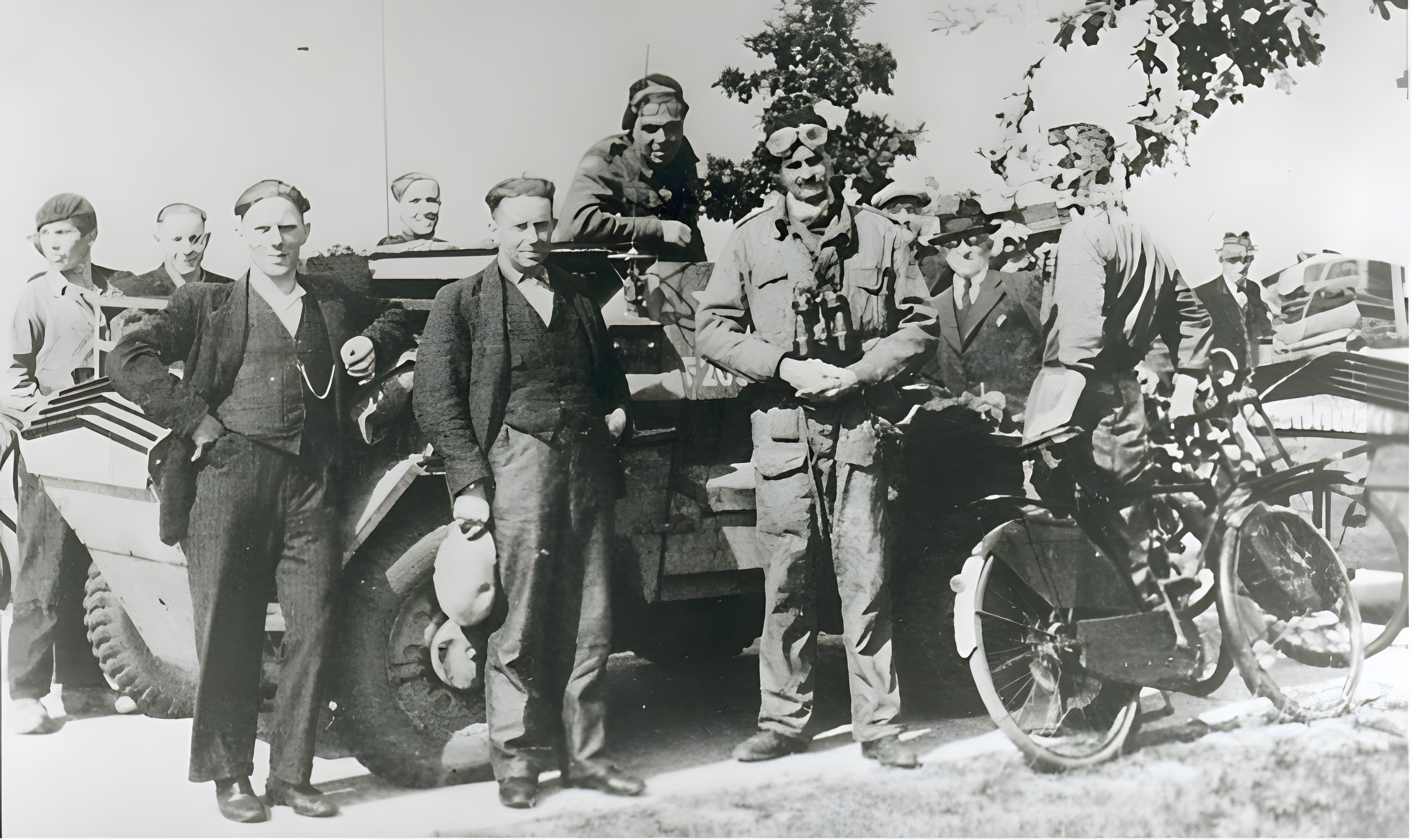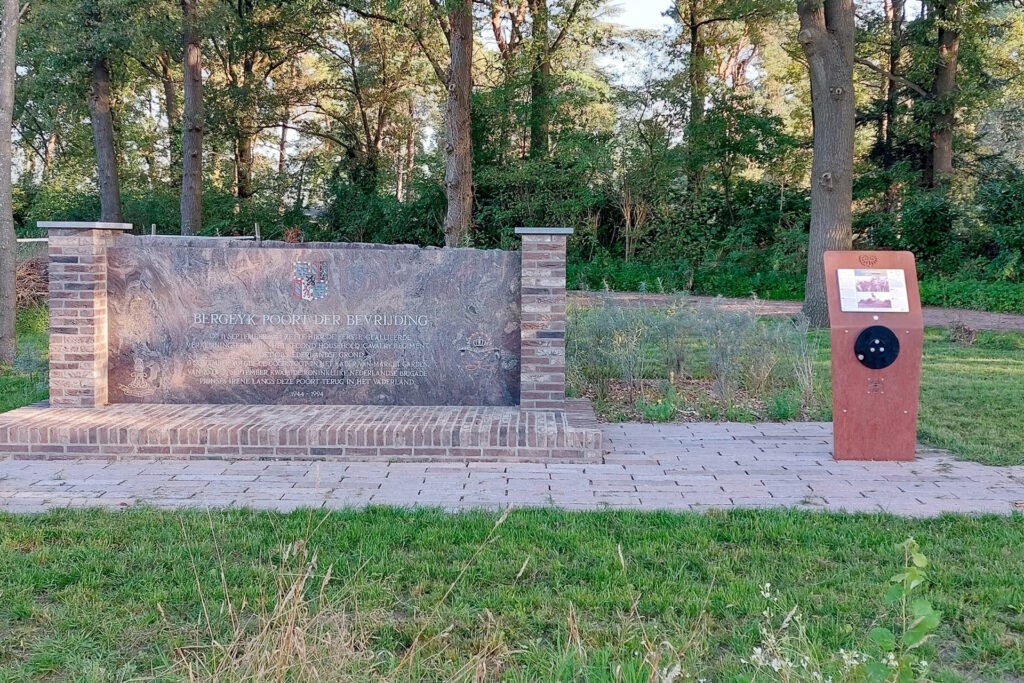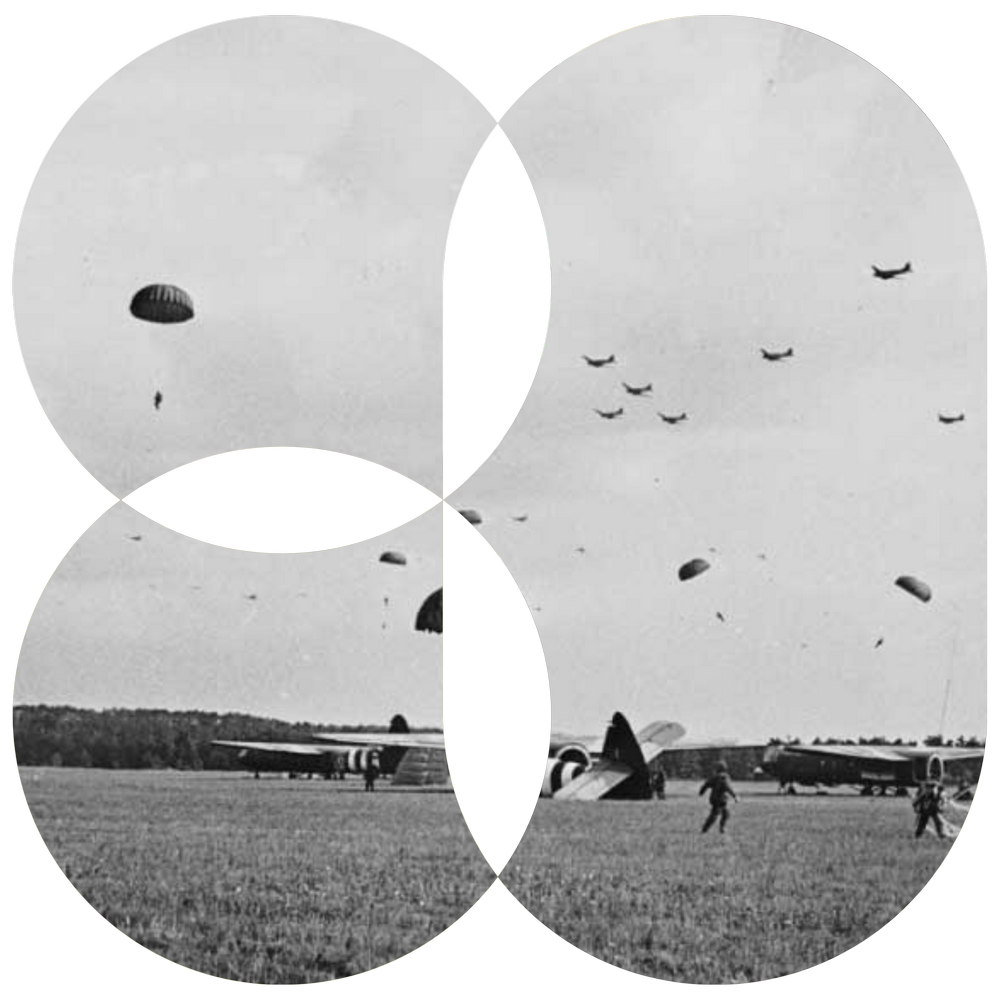
On September 11, 1944, English reconnaissance vehicles arrived in the Netherlands for the first time. These crossed the border at the Barrier. This made Bergeijk the first municipality in the Netherlands where Allies set foot on Dutch territory.
Jef Theuws heard from his mother that there were Englishmen at the Barrier. He decided to cycle there. At the border office on the Dutch side of the border he heard that there were English on the Belgian side of the border and that there were Germans in the Liskes. At around 2:10 p.m., two English reconnaissance vehicles crossed the border. The English scouts asked if there were any Germans in the area. Because Jef was the only one who spoke English, he explained where the Germans were. He also used a map to indicate where exactly the English were located. This was where the Gate of Liberation now stands, near the gas pump at the Barrier. The English continued to Borkel and Schaft and Jef went along to translate. In Borkel a police officer told where the Germans were on the Malpie and Jef translated it for the English. The pastor of Borkel and Schaft took a few photos of the group and the English drove on to café Van Steenbergen (now: the Suyckerbuyck). Jef decided to cycle back home. When he was almost at the Maaij, a grenade exploded in the middle of the road. The Germans and the English shot at each other. Jef dived into the ditch with his bicycle and all. Because Jef was afraid that the Germans would recognize him as the one who had pointed out where the Germans were located on the map, he decided to flee towards Valkenswaard with his bicycle, via the ditch.


The reconnaissance vehicles were still at Café Van Steenbergen. Jef told the English what had happened. They then contacted the English at the border via a signaling device. It then turned out that two civilians had been killed by the Germans. The flag that had been hung at Café Van Steenbergen had to go, the music had to be turned off and the people had to go. The English drove quickly back to the border. Afterwards it turned out that the civilians who had died belonged to the group with which Jef had had his photo taken. That group, together with the pastor from Borkel and Schaft, was on its way to the border. When they were suddenly shot at, they dived into a ditch. The Germans took four people out of the ditch near the Hofmanheideweg and wanted to shoot them. However, one German pleaded for them and let them go. When they were about 50 meters further, on the sandy path towards the Plateaux, they were still shot at from behind. Two of them did not survive. Their bodies were not found until ten days later. The Germans had not found the pastor's camera. During the search, he stood with his arms spread and the camera hung in the sleeve of his bar. That is why the photo of the first contact has been preserved.







